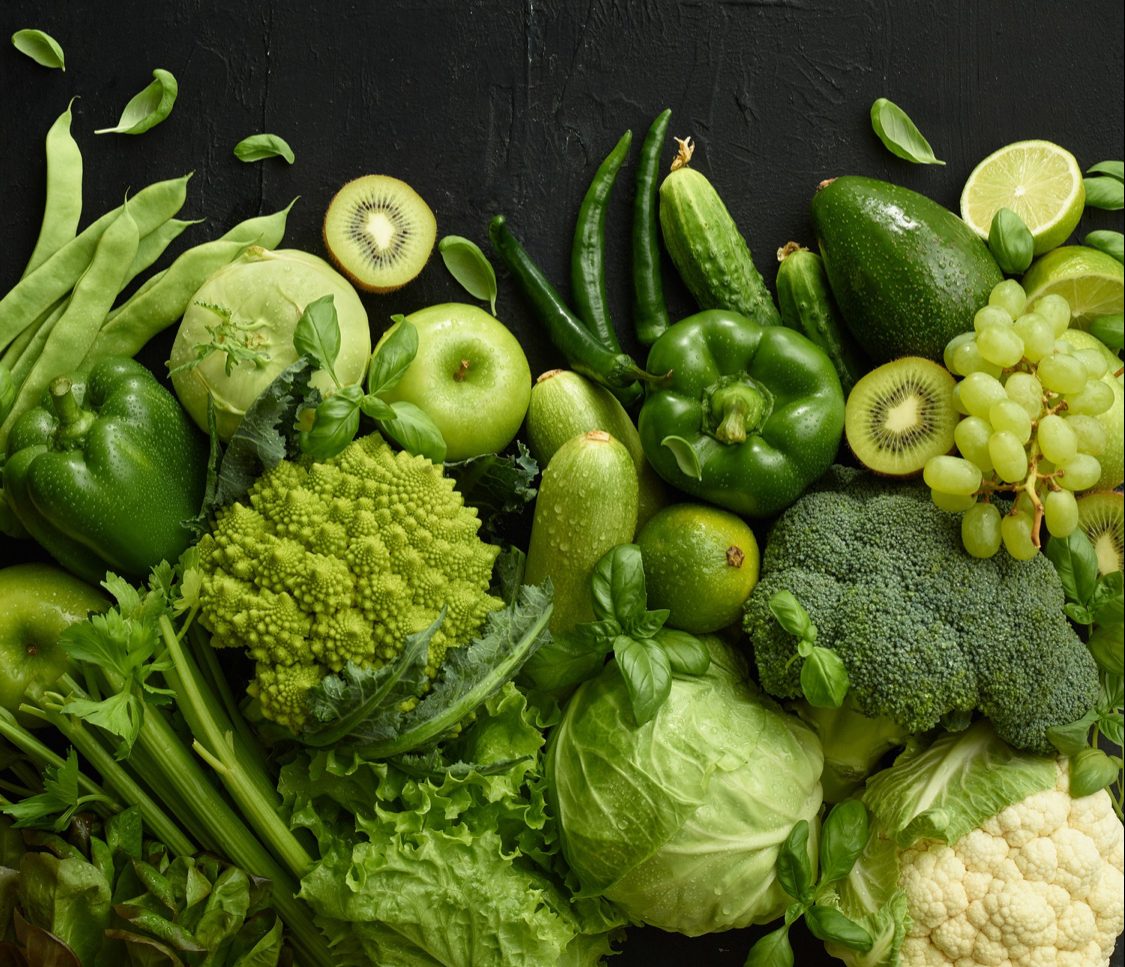Introduction
International Tea Day is celebrated every year on May 21 to recognize the cultural importance and long history of tea worldwide. Organized by the Food and Agriculture Organization (FAO) of the United Nations, this event brings attention to the significance of tea in our lives, from crop to cup. Let’s delve into the celebration of this beloved beverage and explore some essential food safety tips related to tea.
The Rich Heritage of Tea
Tea has a remarkable heritage that spans over 5,000 years. Its contributions to health, culture, and socioeconomic development remain relevant today. Millions of people, including smallholder farmers and their households, depend on the tea sector for their livelihoods. International Tea Day provides an opportunity to celebrate this cultural heritage and the economic importance of tea.
Key Messages
1.Sustainable Production and Consumption: Tea production and processing are vital sources of livelihood for millions of families. By promoting sustainable practices, we can ensure that tea benefits people, cultures, and the environment for generations to come.
2.Reducing Extreme Poverty and Hunger: The celebration of International Tea Day emphasizes the role of the tea sector in reducing extreme poverty and fighting hunger. It also safeguards natural resources.
3.Health Benefits of Tea: Tea is not only a delightful beverage but also offers health benefits. From antioxidants to potential disease prevention, tea has a positive impact on our well-being.
Food Safety Tips for Tea Lovers
While enjoying your cup of tea, consider these food safety guidelines:
1. Avoid These Food Combinations:
Citrus Fruits: While citrus fruits like oranges, lemons, and grapefruits are rich in vitamin C, consuming them with tea (especially black or green tea) can clash with the tea’s natural flavours. The acidity of citrus fruits may result in an unpleasant, bitter taste. Instead, try adding a small slice of lemon to enhance the flavour without overpowering it.
Minty Foods: Mint (including peppermint and spearmint) has a strong flavour that can overpower delicate teas. Drinking tea immediately after consuming minty foods can make the tea taste bland. Opt for mild, neutral-flavoured foods if you plan to enjoy tea afterwards.
Chocolate: Although chocolate and tea seem like a luxurious combination, dark chocolate’s intense flavour can overshadow the subtleties of tea. The high-fat content in chocolate may coat your mouth, making it challenging to appreciate the tea’s delicate notes. Consider pairing tea with light, airy desserts instead.
2.Choose Wisely: Pair your tea with foods that complement its flavours. Light snacks, biscuits, or bread work well. Avoid overpowering flavours that may diminish your tea experience.
3.Mindful Consumption: Enjoy tea mindfully, savouring its taste and aroma. Pay attention to how different foods interact with your tea.
Conclusions
International Tea Day celebrates the cultural heritage of tea and its impact on livelihoods. As we raise our cups, let’s also practice responsible consumption and consider sustainable production methods. Tea offers health benefits, but remember to avoid pairing it with citrus fruits, minty foods, or overpowering flavours like dark chocolate. Savour your cup mindfully and appreciate the rich history of this beloved beverage.
 Food Manifest
Food Manifest 

















